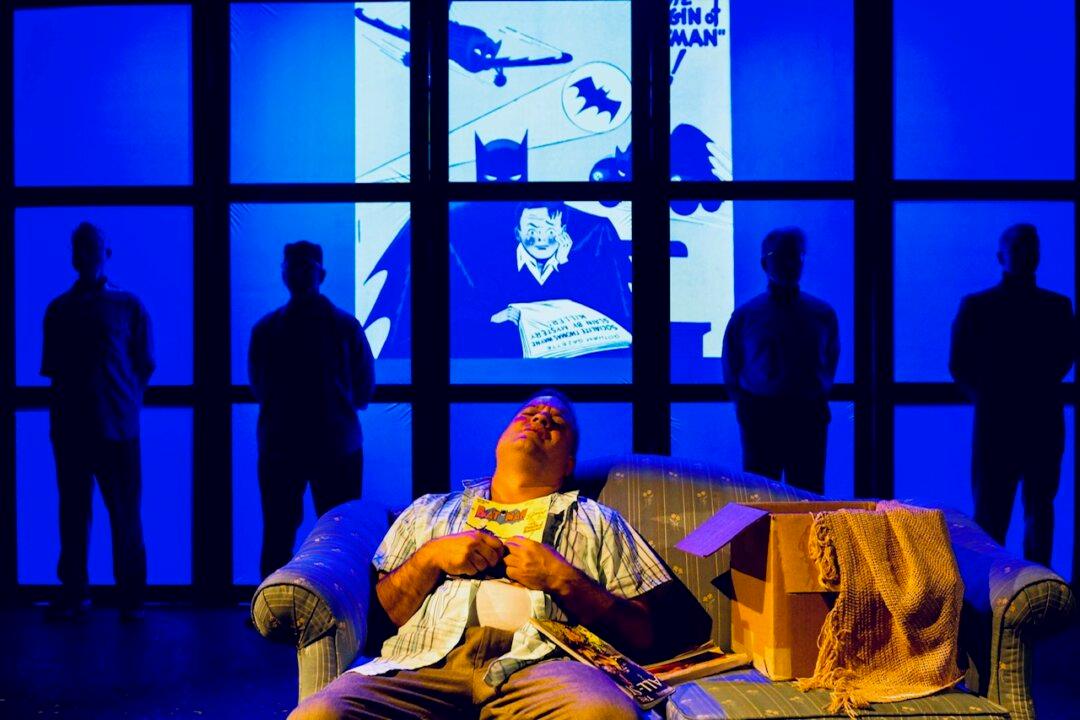CHICAGO—In early 1939, the success of the Superman comic book hero prompted editors of National Comics Publications to request more superheroes. So, when ambitious freelance illustrator Bob Kane came up with the idea of a superhero to rival Superman, he envisaged a Batman wearing a red suit and boots, two stiff black wings, and a black mask. He thought that red and black would be a good combination.
Kane’s former schoolmate Bill Finger, came up with an alternative vision. He thought the costume was too bright and suggested removing the red sections of the original costume, giving the character a cape instead of wings, and adding gloves.





